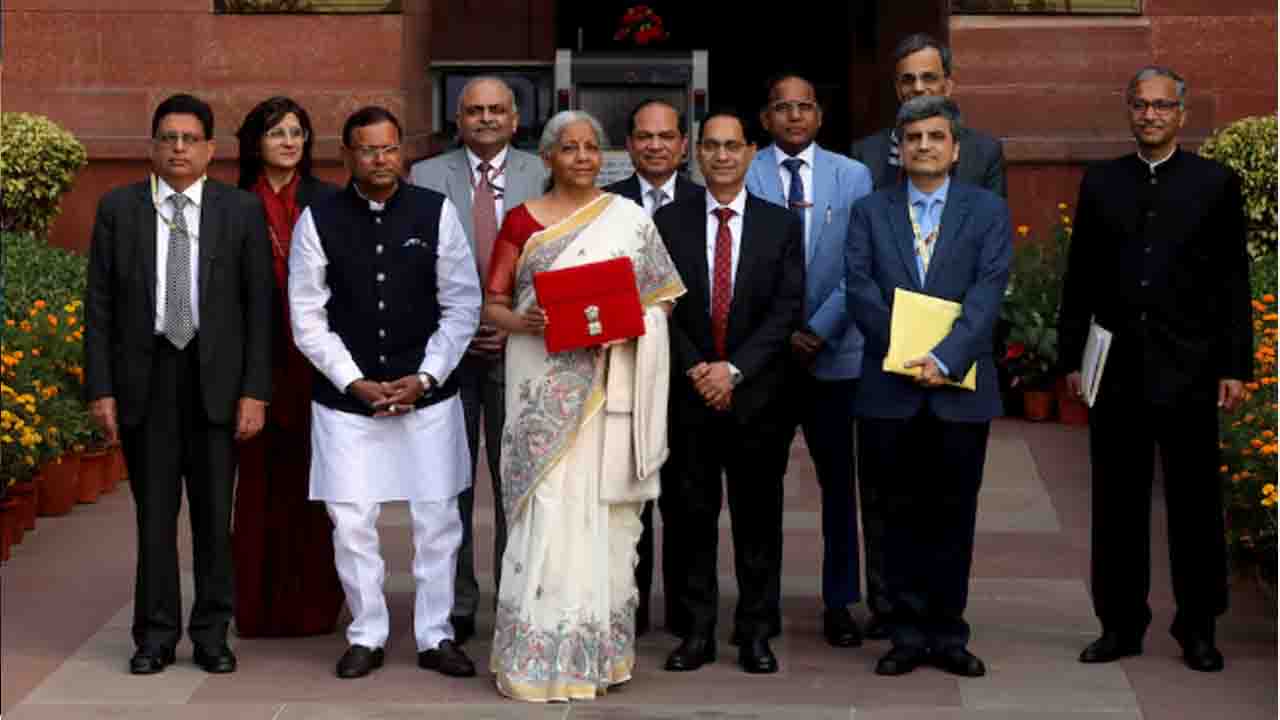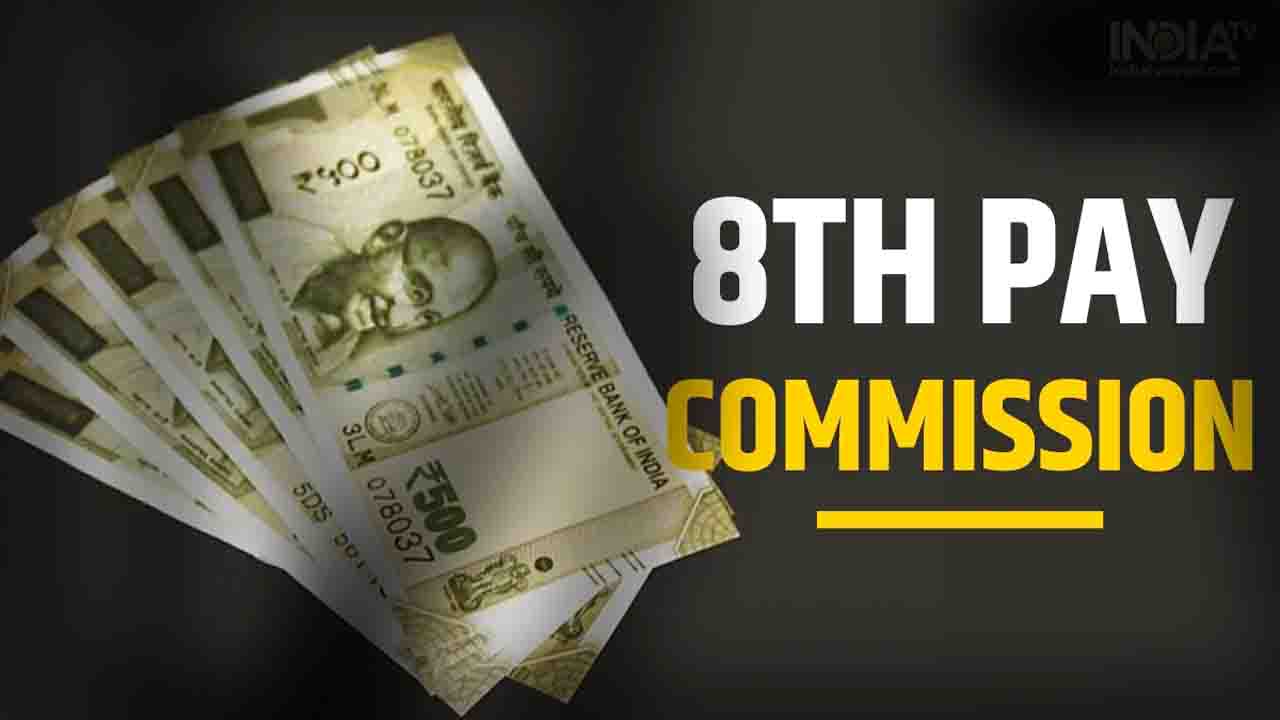Budget 2025-26: In a bid to boost domestic demand and counter global economic uncertainties, India announced significant personal tax cuts in its annual budget on Saturday. The move is aimed at revitalizing the world’s fifth-largest economy, which is expected to record its slowest growth in four years due to weak urban demand, sluggish private investment, and persistent food inflation.
Tax Relief for the Middle Class
Finance Minister Nirmala Sitaraman unveiled a new tax structure, raising the income tax exemption threshold from 700,000 Indian rupees to 1.28 million rupees (14,800) annually. Additionally, tax rates were reduced for individuals earning above the new threshold. “This will leave more money in the hands of the middle class, boosting consumption, savings, and investment,” Sitaraman said in her budget speech. The tax cuts are expected to cost the government 1 trillion rupees ($11.6 billion) in annual revenue.
The announcement sparked a rally in consumer stocks, with companies like Maruti Suzuki, Godrej Consumer Products, and Prestige Estates seeing gains of 4% to 8%. However, the modest increase in capital spending for infrastructure projects disappointed investors, leading to declines in shares of firms like Larsen & Toubro, NBCC, and IRB Infra.
Focus on Farmers, Youth, and Women
The 2025-26 budget also included measures to support farmers, youth, and women. To address high food inflation, the government announced a national mission to promote high-yielding crops, particularly pulses and cotton. The limit for subsidized agricultural credit was raised from 300,000 rupees to 500,000 rupees ($5,778).
Sitaraman also highlighted plans to boost manufacturing and exports, though specific details were not provided. Despite long-standing efforts, manufacturing’s share in India’s economy remains stagnant at around 17%, far below the government’s target of 25%.
Fiscal Discipline and Borrowing
The government aims to reduce its fiscal deficit to 4.4% of GDP in 2025-26, down from a revised 4.8% in the current year. To fund the deficit, it plans to borrow 14.82 trillion rupees through bond markets.
Insurance Sector Reforms
In a move to deepen insurance penetration, the foreign direct investment (FDI) limit in the insurance sector was raised from 74% to 100%. This is expected to attract more foreign capital and strengthen the sector.
Global Trade Concerns
While the budget focused on domestic measures, it did not address potential tariff barriers from the U.S. under President Donald Trump. Instead, the government emphasized lowering input costs for industries like electronics and renewables, which have been driving output growth.
Challenges Ahead
India’s per capita income stands at around $2,700 for its 1.4 billion population, with about one-third considered middle class. Rising living costs and stagnant income growth have dampened consumer sentiment, posing challenges for Prime Minister Narendra Modi’s government. Economists, however, believe the tax cuts could spur demand and savings among the middle class, providing a much-needed boost to the economy.
As India navigates a challenging global economic landscape, the budget’s focus on domestic consumption, agriculture, and manufacturing underscores the government’s efforts to sustain growth and improve livelihoods.







